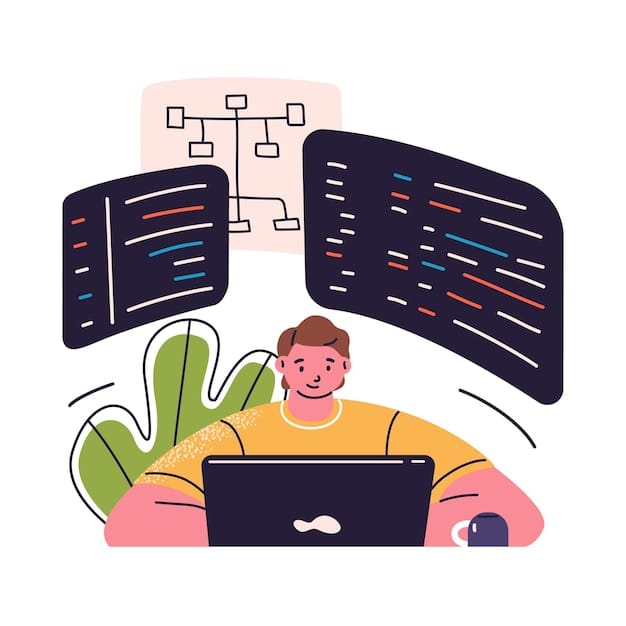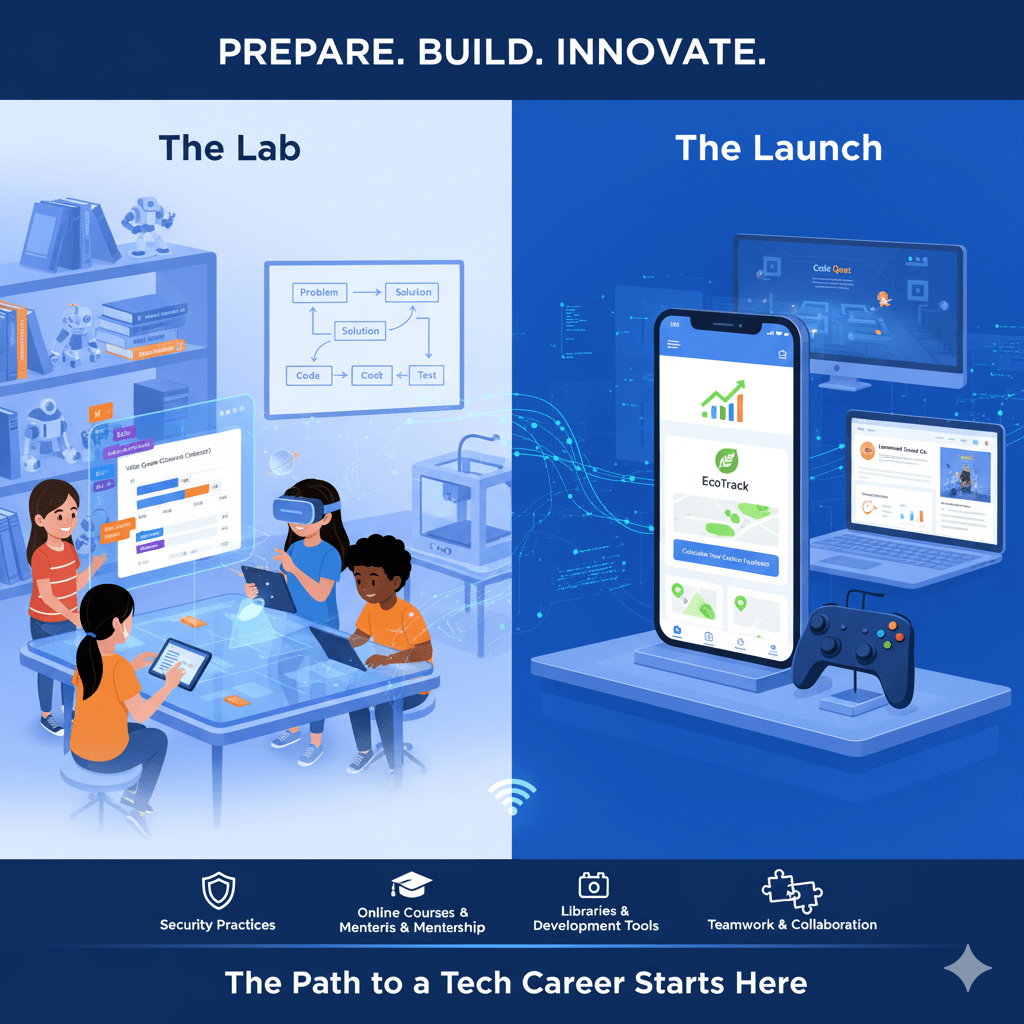Empowering Coding for Autism Kids: A Guide for Parents and Educators

For children with autism, coding is simply another way to explore interests, solve problems, and enjoy learning.“Coding isn’t about being different or special—it’s about giving kids, including those with autism, the chance to learn something exciting and practical.”
Helping children on the autism spectrum discover their strengths is something many parents and educators strive for. For some families, finding activities that encourage confidence, creativity, and practical skills can take time. Coding has emerged as one option that not only builds valuable abilities but also provides an enjoyable and meaningful learning experience.

Coding is more than just a technical subject—it’s a way to develop logical thinking, strengthen problem-solving, and encourage social interactions through shared projects. For autistic kids, it often feels like a natural fit because of its clear structure, predictable outcomes, and opportunities for creativity.
This guide will walk you through how children with autism can thrive in coding, the potential challenges they may face, and how parents and supportive instructors can help them learn computer science, explore different programming languages, and grow lifelong coding skills that will enhance their employment rate .
What is Coding and Why it Matters for Kids with Autism
In simple words, coding means writing a set of instructions for a computer to follow, which can include various programming languages . These instructions, also called a coding language, help computers carry out tasks like playing music, drawing shapes, or even controlling robots.
For autistic children with autism spectrum disorder , coding offers multiple benefits:
Predictability – Computer programs follow clear rules, making them easier for autistic kids to understand compared to unpredictable social environments.
Visual learners – Many on the autism spectrum disorder benefit from visual support, and block-based coding classes like Scratch are highly visual.
Skill-building – Coding helps improve logical thinking skills, problem solving, and even spatial intelligence, all of which are vital in both academics and everyday life.
Preparation for the future – With the rising demand in software development, web development, and data analysis, learning coding gives students a strong foundation in computer science.
Many parents notice that coding feels like a creative arts activity combined with math and project based learning. It’s fun, practical, and future-ready.
Why an Autistic Child Can Thrive in Coding
An autistic child may struggle in certain environments but shine in coding because it aligns with their strengths in problem solving . For example:
Attention to detail – Spotting errors in computer programs is easier for those with sharp focus.
Structured learning – Coding is rule-based, giving autistic students consistency.
Strong interests – If a child interested in trains, animals, or space, they can create coding projects around those themes.
Independence – Unlike group activities that rely heavily on social skills, coding allows kids with autism to work at their own pace.
In fact, teaching computer science to autistic learners has been researched by institutions like Oslo University College, showing that coding can boost self-esteem and open new opportunities. It’s not just about future jobs but also about building confidence, resilience, and joy.
Challenges Autistic Kids May Face When Learning Coding
Despite its benefits, learning coding isn’t always easy for children with autism in a rapidly evolving technology landscape . Some challenges include:
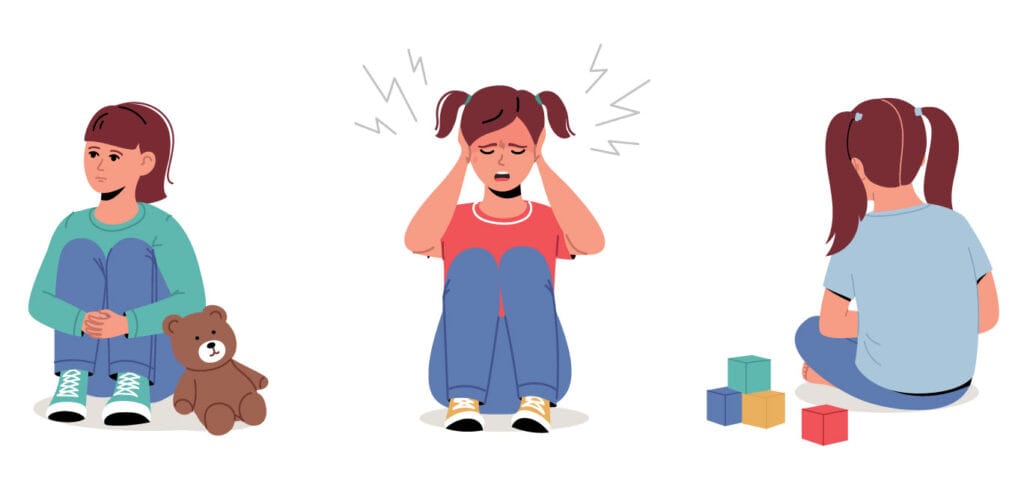
Difficulty processing too much visual or auditory input at once.
Frustration with debugging when a coding project doesn’t work immediately.
Executive functioning hurdles such as organizing steps or sticking to a long curriculum.
Social interactions in group coding classes may feel stressful.
For students with autism, it’s important to use project based learning and allow them to receive feedback in supportive ways. With patience, adjustments, and encouragement, many of these challenges can be turned into opportunities for growth.

When and How to Start Coding Education for Autistic Children
When should a child interested in computers begin coding? The answer is: as early as they show curiosity. Some young learners can start at age 5 with block-based tools, while others may begin later.
Tips for starting:
Begin with basics like sequencing and loops.
Choose coding classes that use visual learners platforms like Scratch.
Keep lessons short to avoid overload.
Encourage project based learning by linking coding to interests, like game development or creative arts.
Use supportive tools like timers or visual charts.
Starting small helps students gain confidence in their programming skills before moving to advanced areas like web development, software development, or data analysis.
Best Programming Languages and Tools for Autistic Kids
The choice of best programming language is key for beginners, especially for autistic students. Here are some autism-friendly picks:
Scratch & Scratch Jr. – Great for visual learners and young learners.
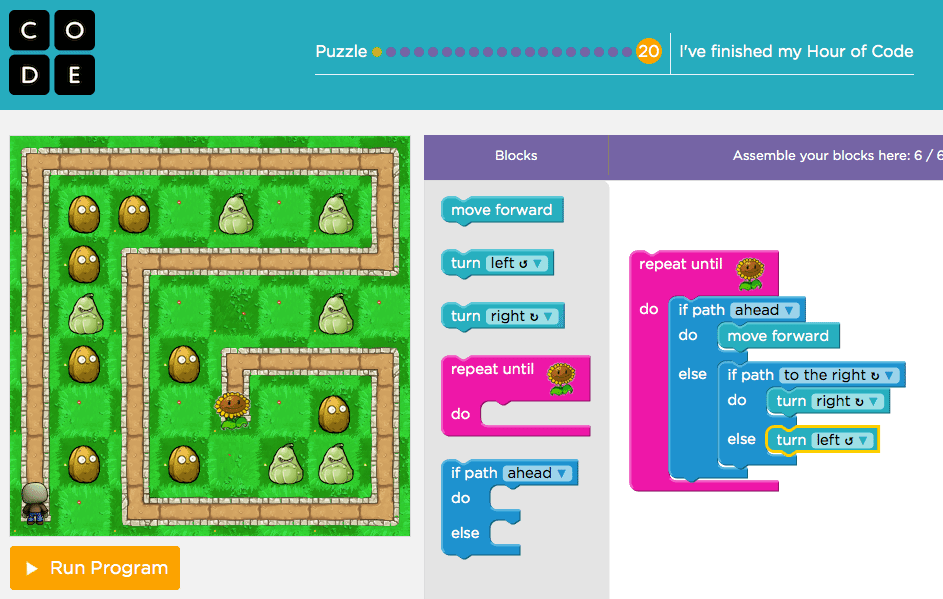
Blockly – Helps kids learn to transition into typed code.
Python – A widely loved coding language with simple syntax, often considered the best programming language for beginners.
LEGO Mindstorms – Perfect for children with autism who enjoy hands-on building.
Tynker – Designed for kids, blending game development and coding.
These tools make teaching computer science engaging while building real programming skills. For children with autism spectrum disorder, starting with interactive and structured environments provides a smoother transition into advanced programming.
Practical Tips for Parents and Educators Teaching Coding to Autistic Kids
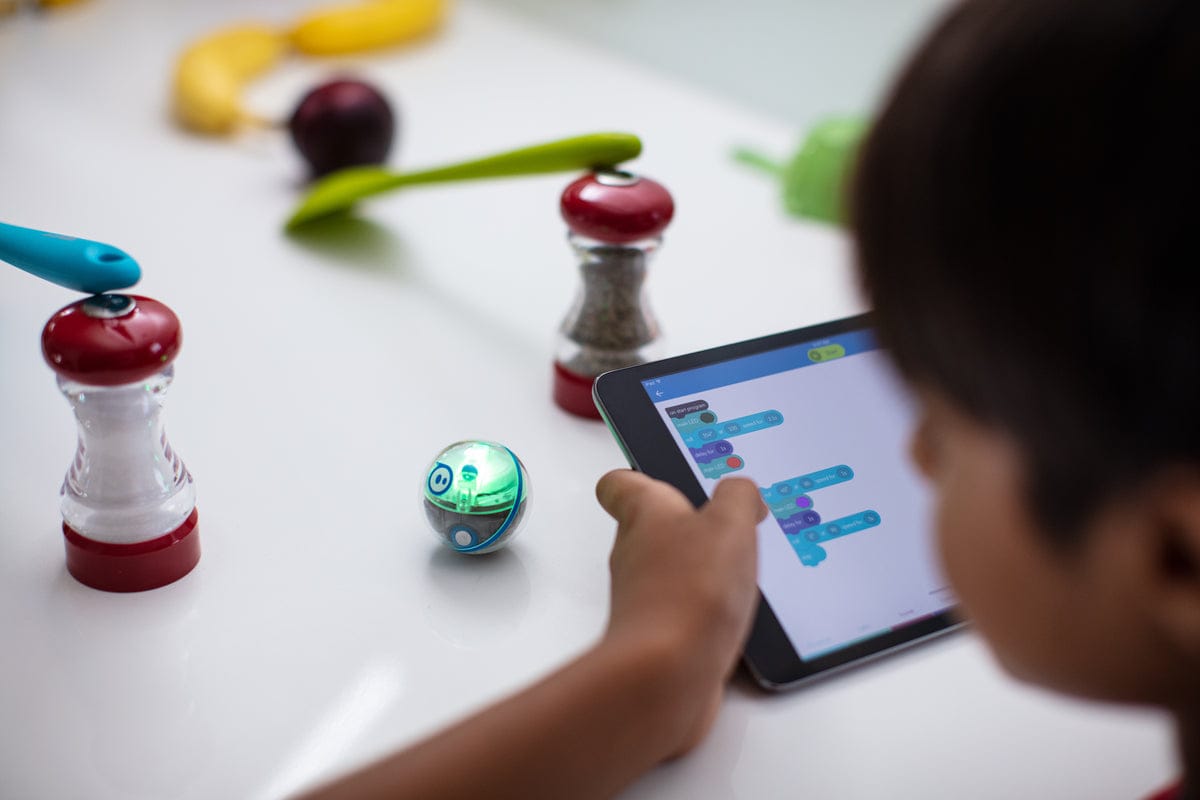
Teaching coding to children with autism is most effective when it matches their needs. Here’s what works best:
Use project based learning to make coding concepts real.
Break lessons into small, clear steps.
Provide opportunities to receive feedback frequently.
Link coding to creative arts and hobbies to spark motivation.
Focus on building social skills through team coding projects, but without pressure.
Choose experienced instructors who understand the autism spectrum.
Remember: coding isn’t just a hot topic in education. It’s also a skill that teaches kids patience, resilience, and logical thinking skills—all while preparing them for the future world.
Examples of Coding Concepts to Introduce
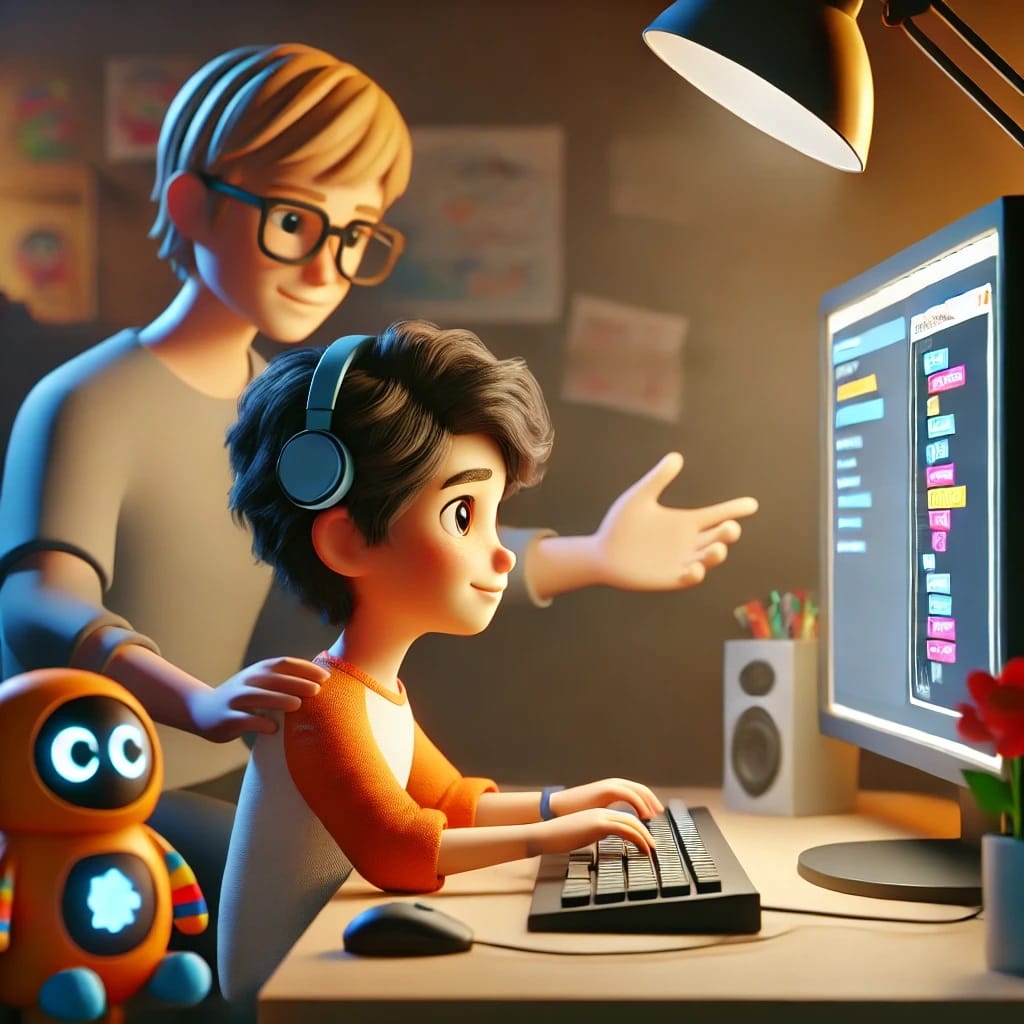
When helping an autistic child learn to code, it’s best to introduce coding good simple concepts first:
Sequencing – Teaching the order of steps, like in math problems.
Loops – Showing how repetition works in both coding language and daily life.
Conditionals – If/then logic that mirrors real-life choices.
Variables – Useful in game development or scoring systems.
Events – Connecting actions to responses, great for creative arts projects.
These basics build a strong foundation in computer programming skills and prepare students for advanced areas of computer science and software development.
Resources and Support for Coding Education for Autistic Children
There’s no shortage of resources for coding for autism kids in technology :
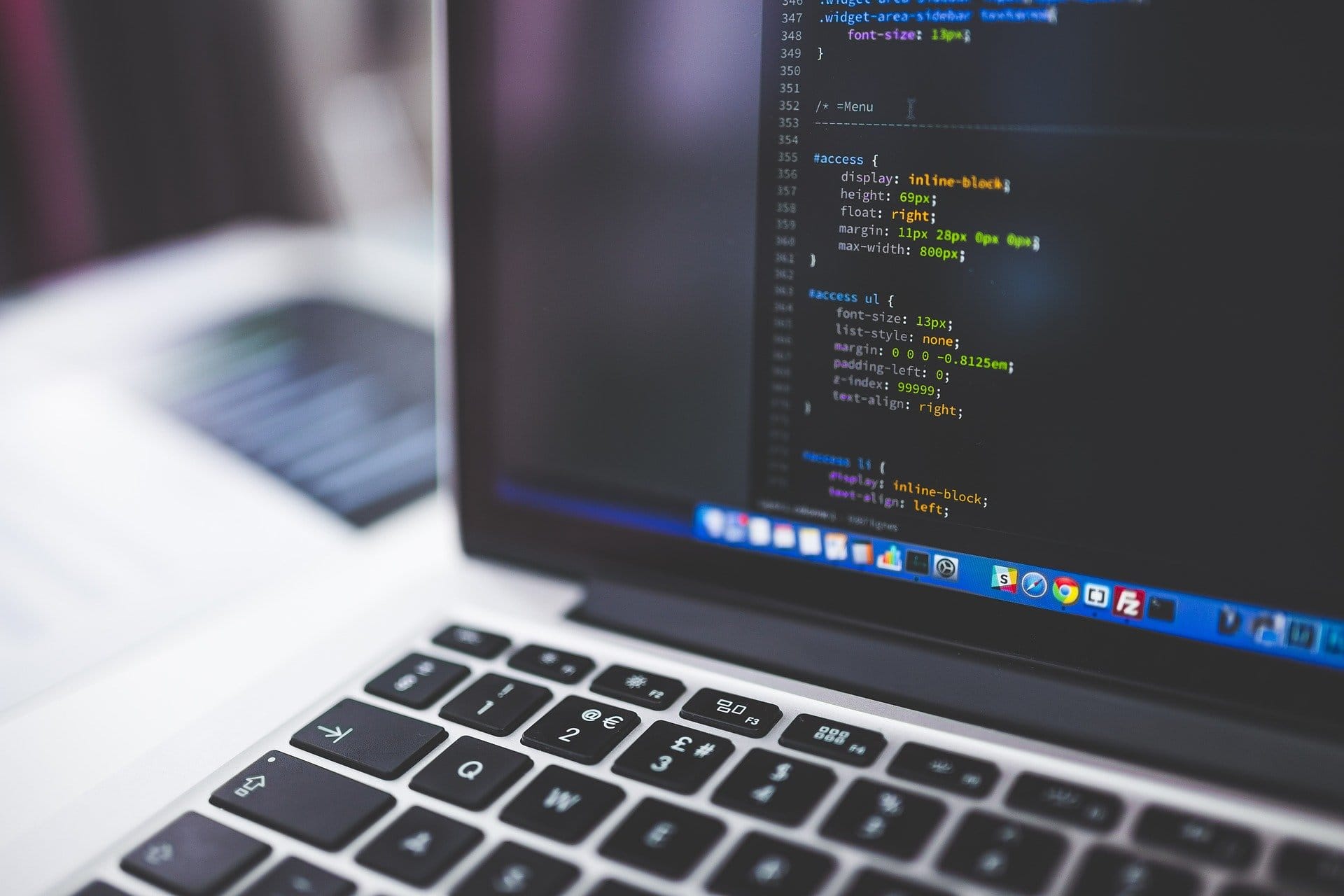
Websites: Code.org, Scratch, Blockly, Tynker.
Books: “Python for Kids” and “Coding Projects in Scratch.”
Programs: Community coding classes or specialized autism-friendly curriculum.
Support Networks: Parent groups discussing autism spectrum disorder and coding.
Academic Insights: Studies by Oslo University College highlight how coding teaches structure and problem solving to autistic children.
By using the right programming resources, kids with autism and adults can build confidence, improve social interactions, and prepare for better employment rate opportunities in the future world of technology.
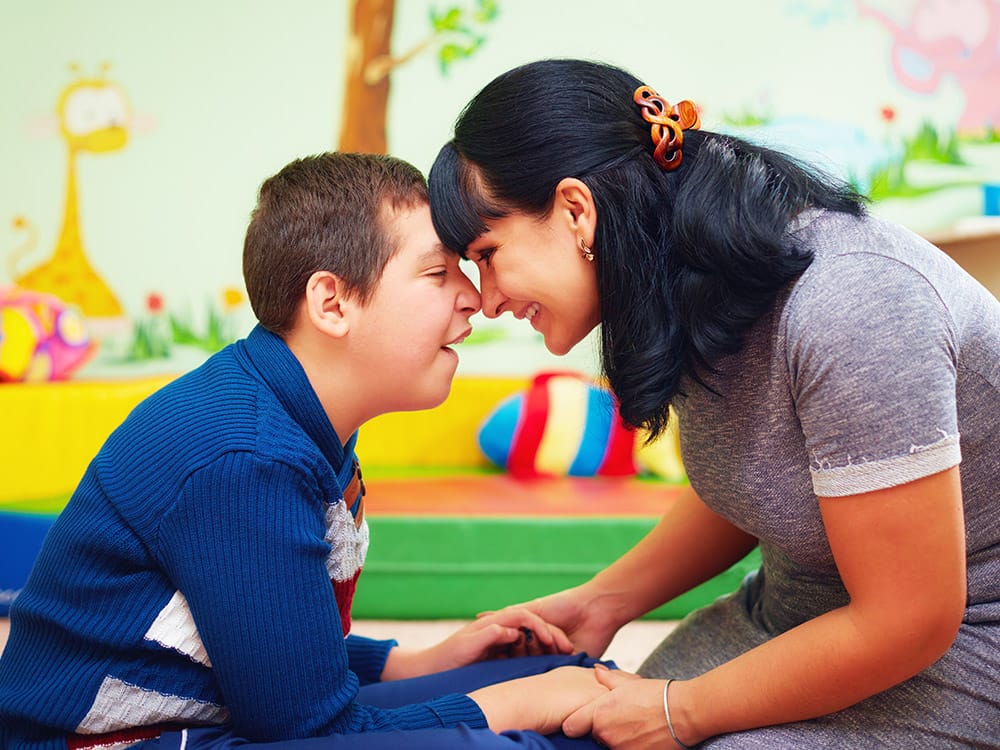
Coding isn’t just about computer science—it’s about what coding teaches kids independence, confidence, and creativity. For autistic students, coding is a coding good way to balance structure with self-expression.
Whether through game development, web development, or creative arts, coding helps children with autism build spatial intelligence an practical skills for the future world. With supportive parents, patient teachers, and quality assurance in teaching methods, coding becomes more than just a subject—it becomes an excellent activity that prepares students and even adults for tomorrow.
Frequently Asked Questions
How can coding help improve executive functioning skills in autistic children?
Coding strengthens logical thinking skills, problem solving, and spatial intelligence by teaching kids to break down tasks. These skills support daily life and social interactions.
What signs can indicate that a child with autism is ready to start coding?
If a child interested in puzzles, computer programs, or structured play, that’s a clear sign. Many parents also notice their children enjoy experimenting with creative arts or simple computer science games before joining formal coding classes.
How do sensory sensitivities affect the coding learning experience for autistic kids?
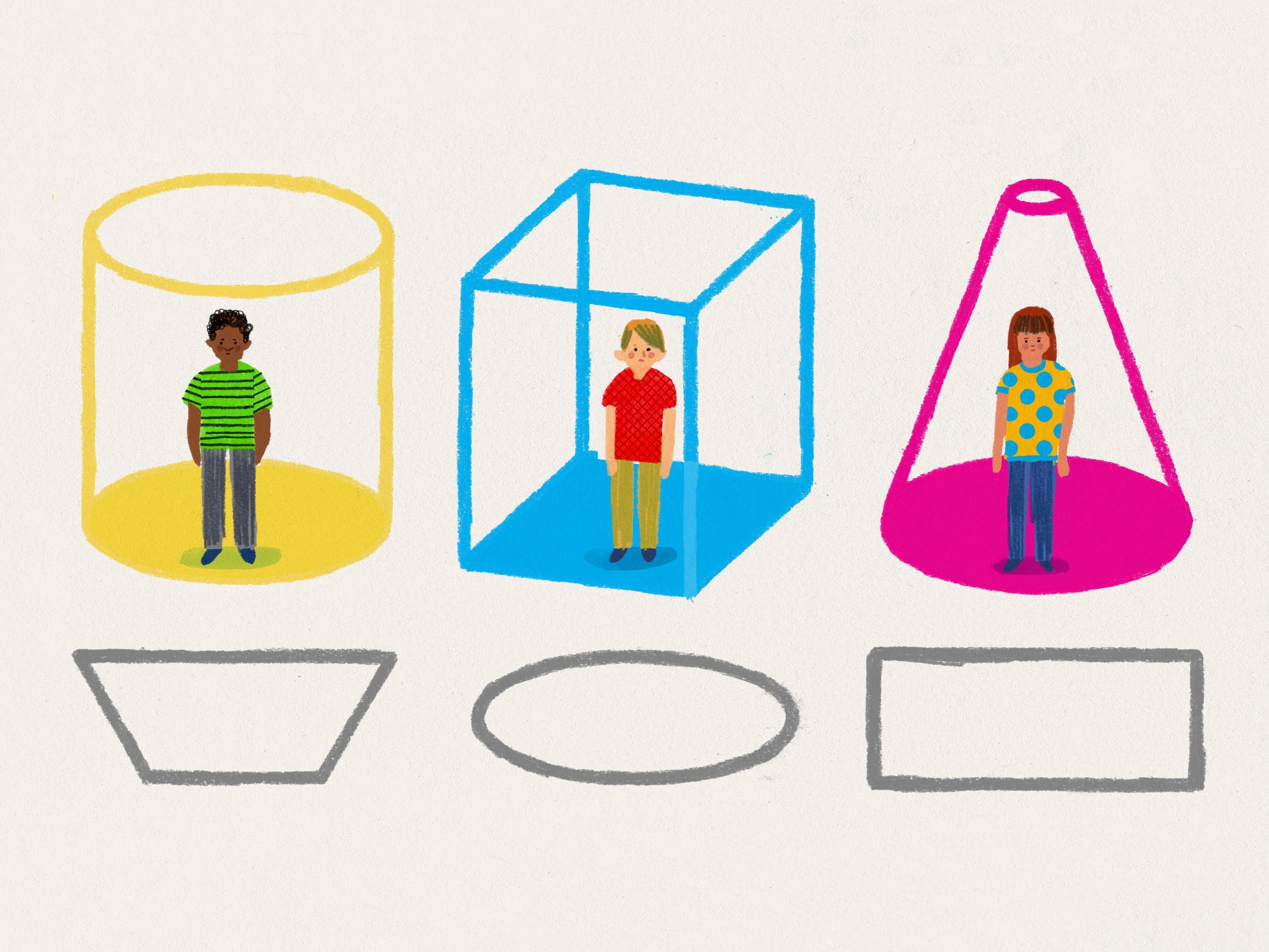
For some autistic children, too much stimulation creates difficulty processing. Using calm curriculum designs, quiet spaces, and experienced instructors helps kids learn comfortably.
Are there specific teaching styles that work better for autistic children learning to code?
Yes. Project based learning, visual learners support, and step-by-step guidance are best. Coding also works as an excellent activity to teach patience, creativity, and social skills.
How can parents measure meaningful progress in their autistic child’s coding skills?
Look beyond completed coding projects. Progress means improved programming skills, better social interactions, increased confidence, and curiosity to create more. The goal is learning, not perfection.
